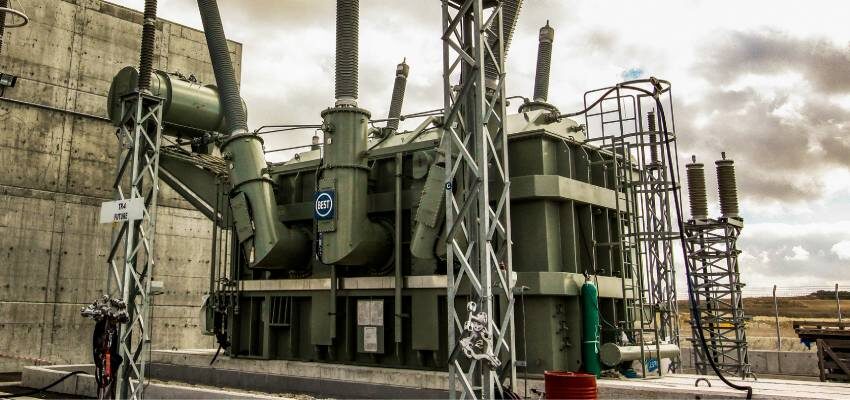
Increasing demand, rising power, decreasing risks in the new transformers
Transformer theory has been the same since the 19th century, and there is no need to change the equipment that is 99.9 % efficient. But...

Transformer theory has been the same since the 19th century, and there is no need to change the equipment that is 99.9 % efficient. But decreasing the risks with new demands is always necessary. The voltage and power levels in the energy system have constantly been increasing over the years. The grid stability is also facing challenges with new grid layouts (Liu et al., 2015), such as more activity in the field of distributed energy and renewable resources. The result of these developments for transformers is that the insulation, cooling, and withstand ability to system disturbances have become more important. All transformer users want to receive tender offers and designs as quickly as possible, but it is the transformer manufacturer’s responsibility to meet all requirements of the grid with durable equipment.
Insulation design affects the cost of active parts (i.e., core and windings) and the amount of oil, but most failures occur due to insulation damage (Bartley, 2003). In the transformer insulation design, one of the important factors that determine the total window height of the power transformer is the top end and bottom end insulation between windings and yoke of the power transformer. The optimization will result in a reduction in the total size of the transformer and its cost, with increased safety (Dawood et al., 2020). Transformer design norms determine the voltage levels based on the experience from previous manufacturing. But what to do when a new design challenge occurs? For such expensive equipment, it is smart to buy a license for a new design from an experienced company such as BEST Transformer.







